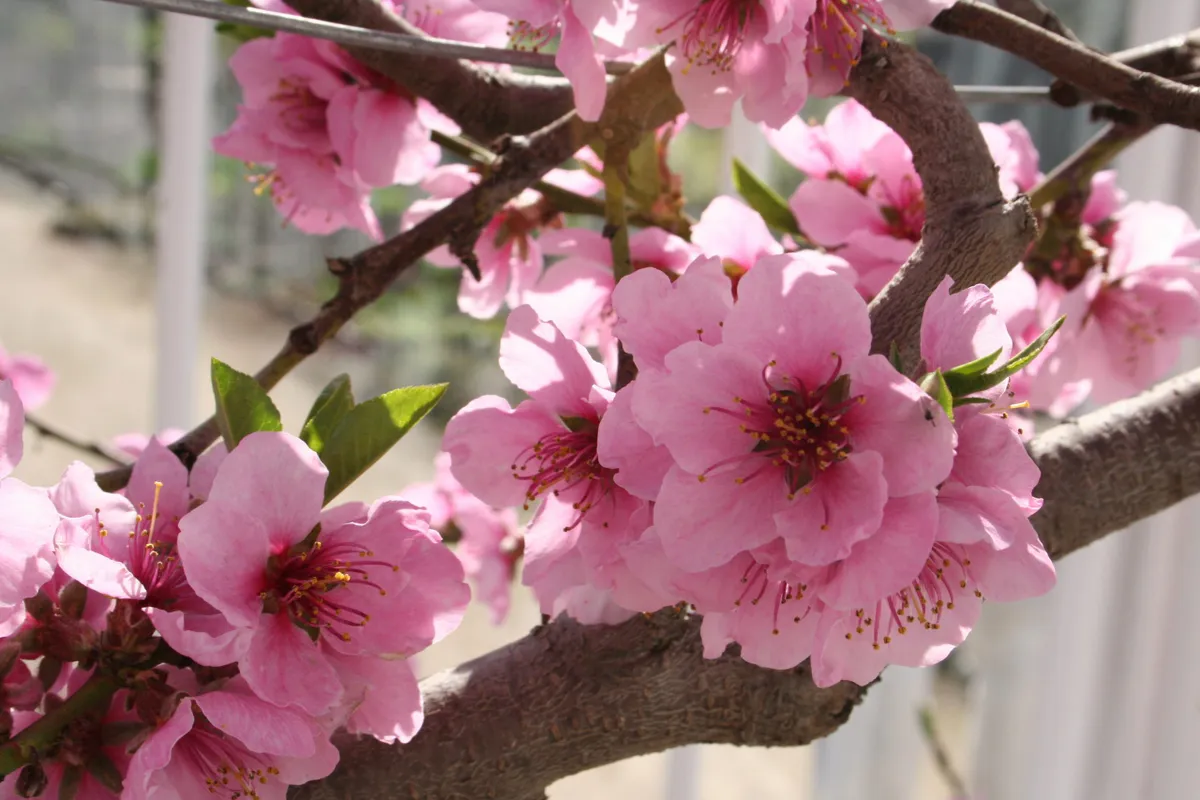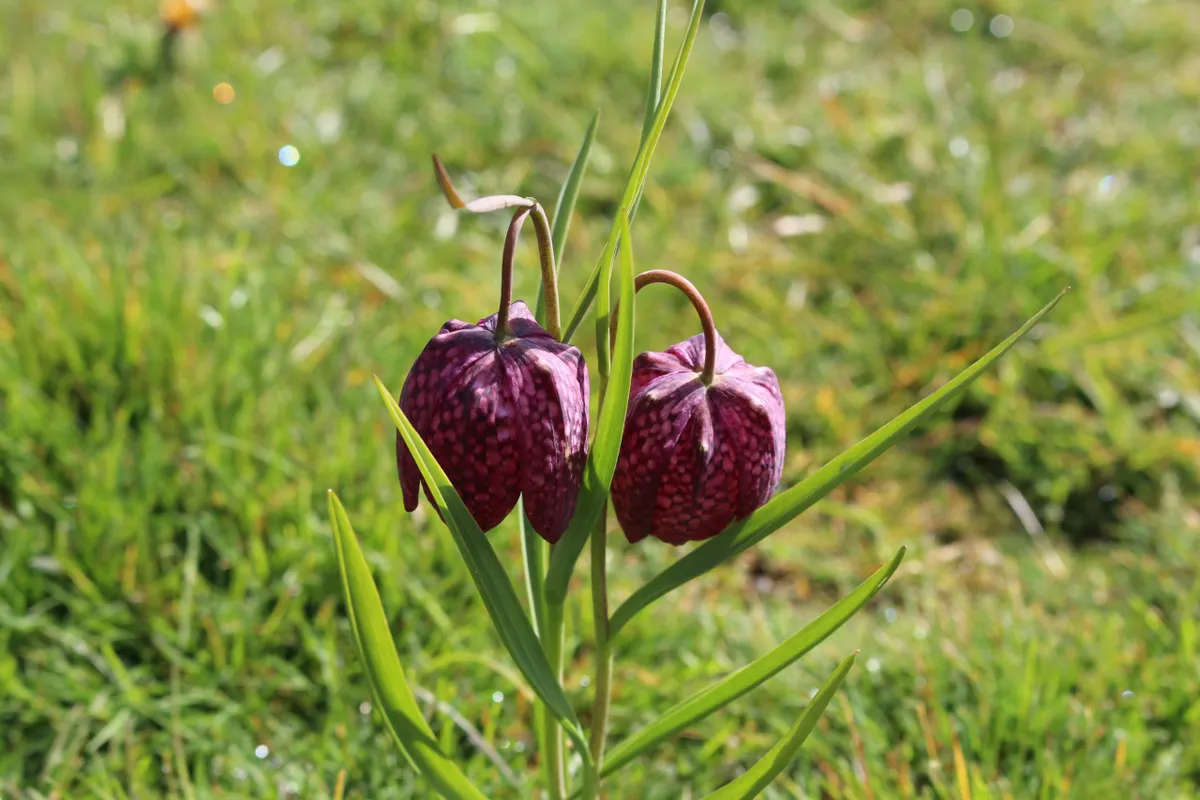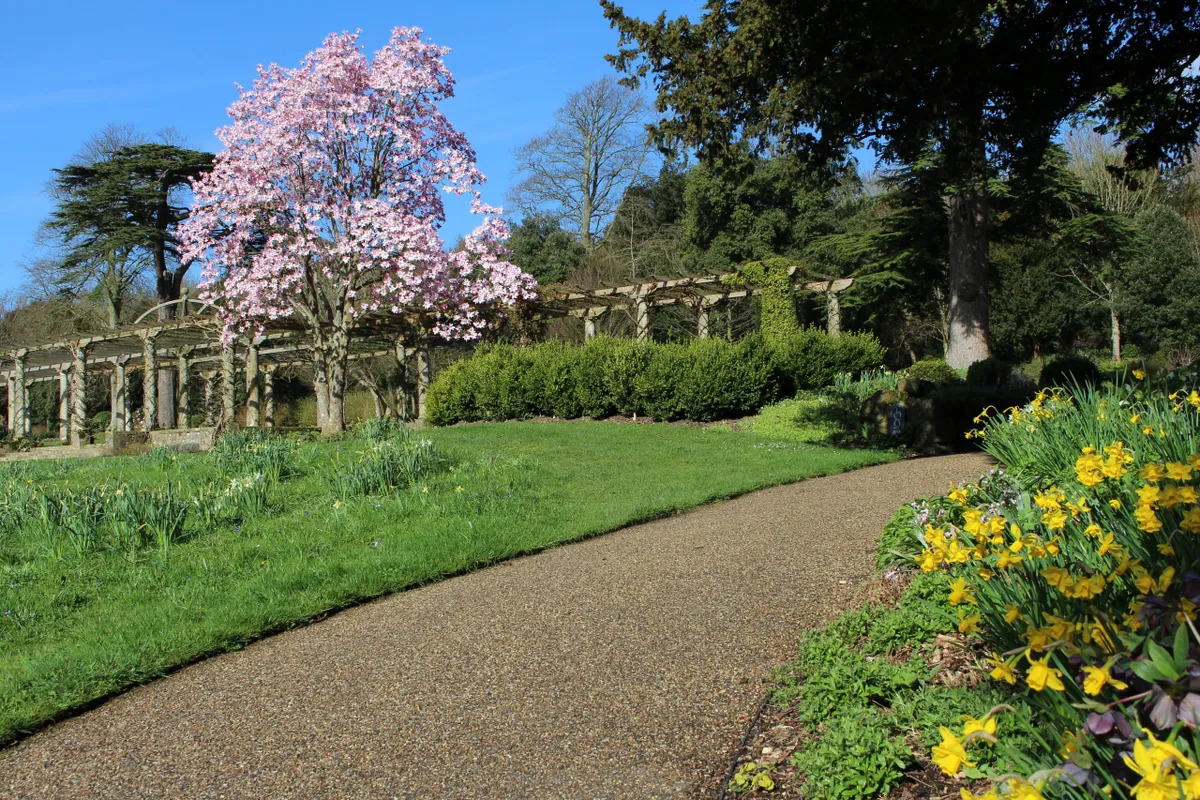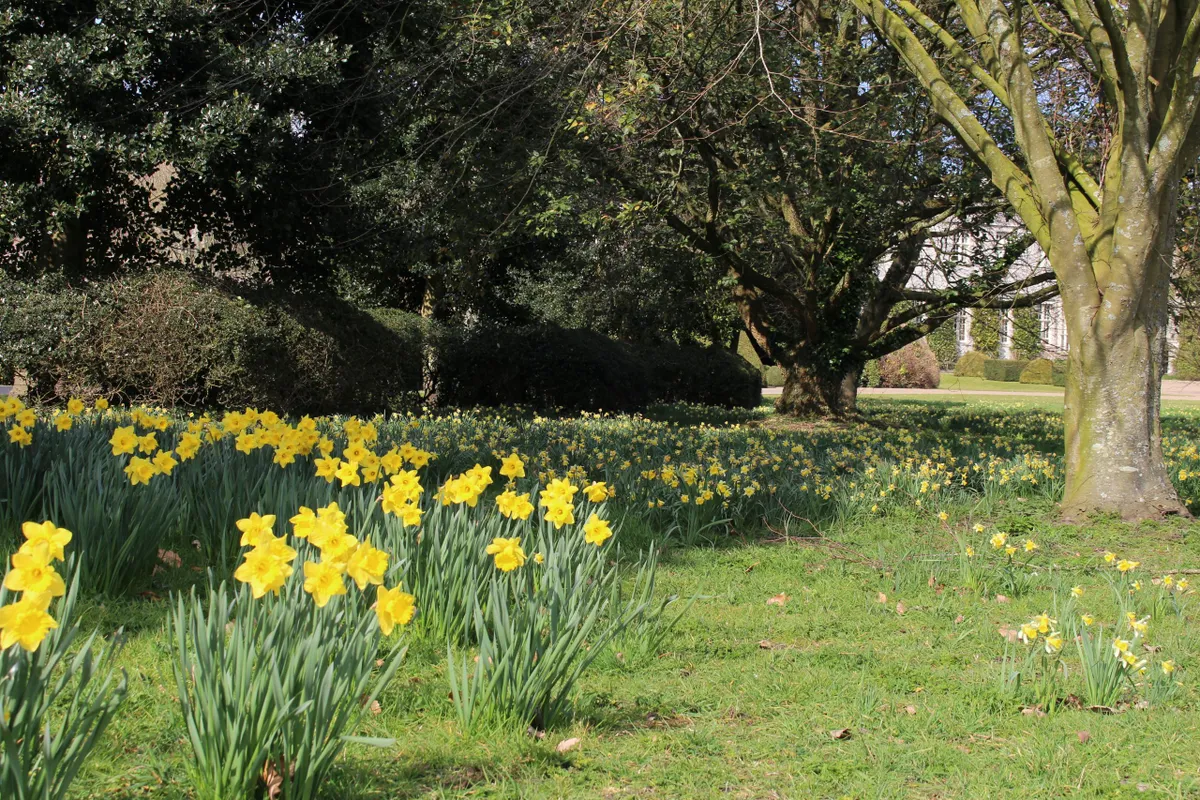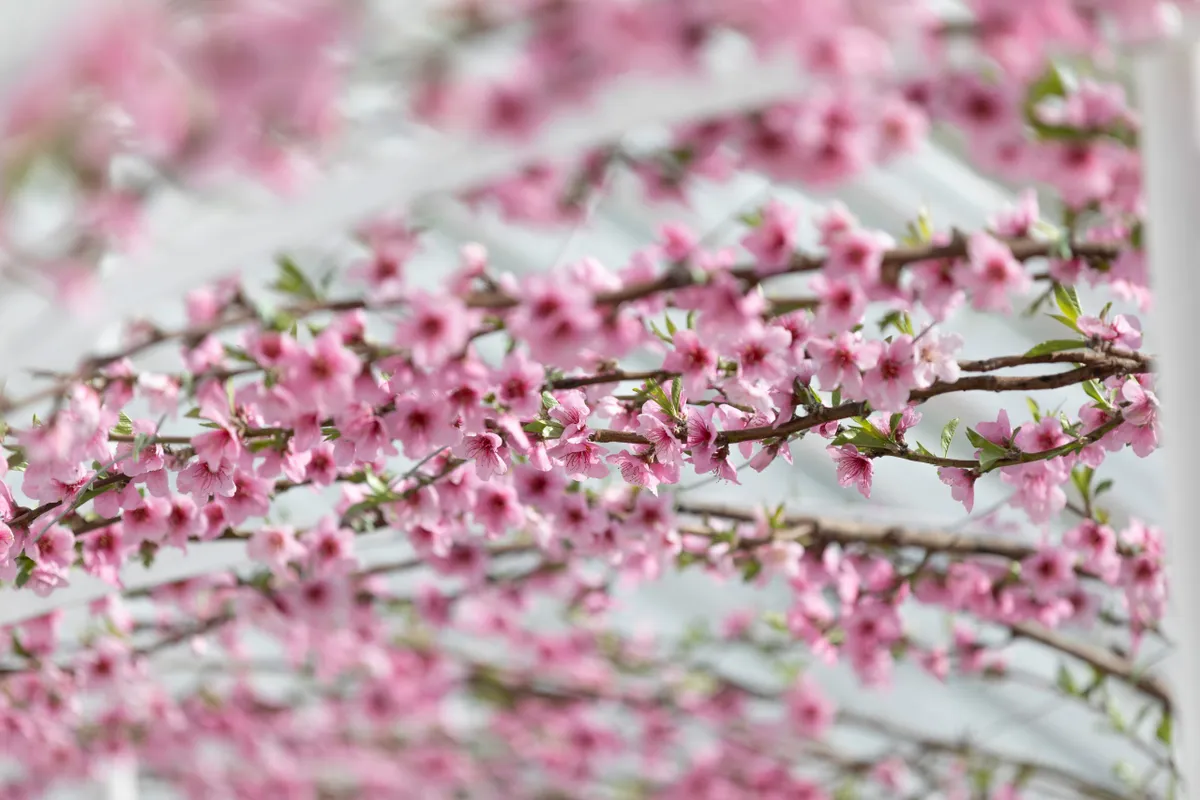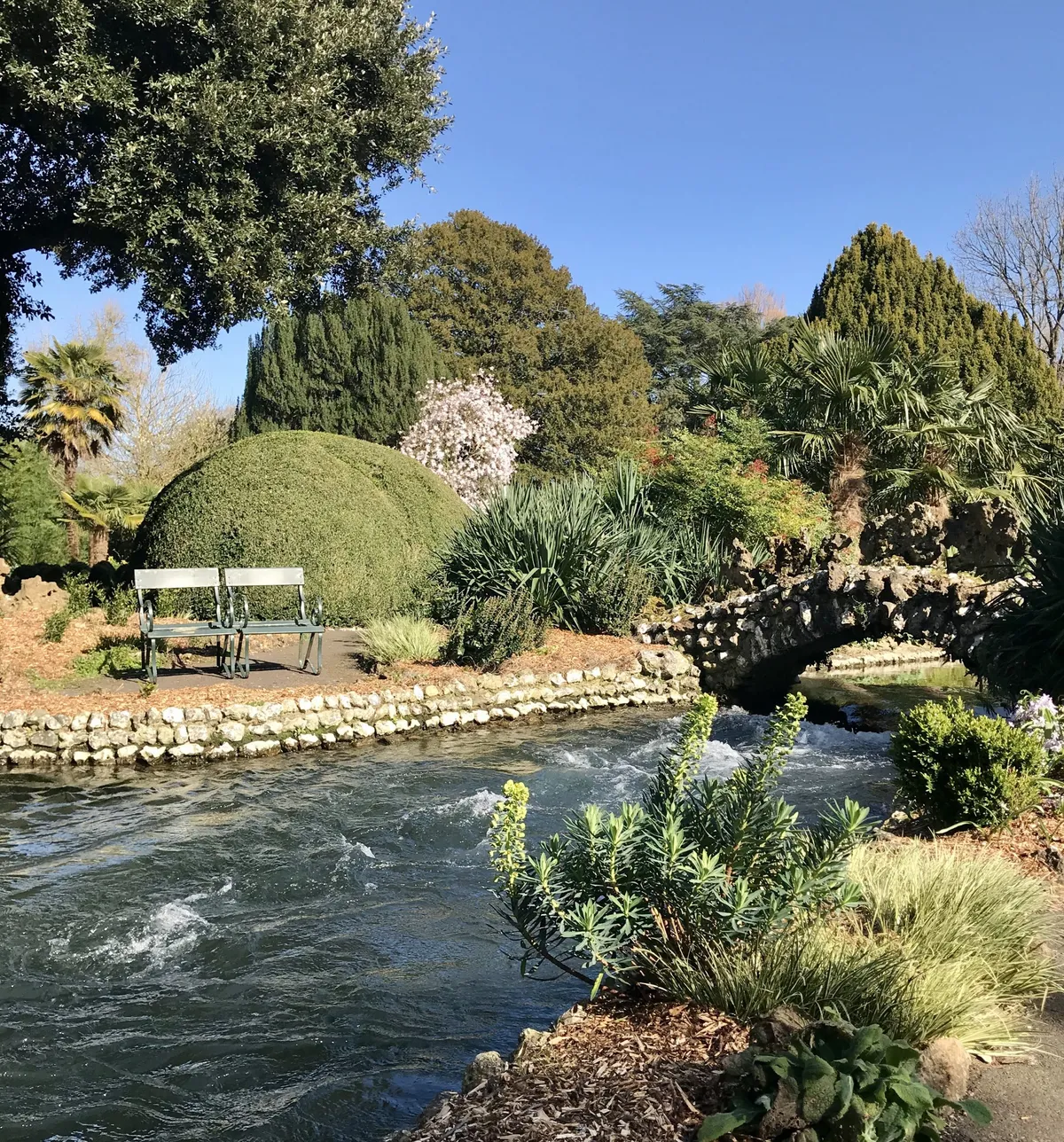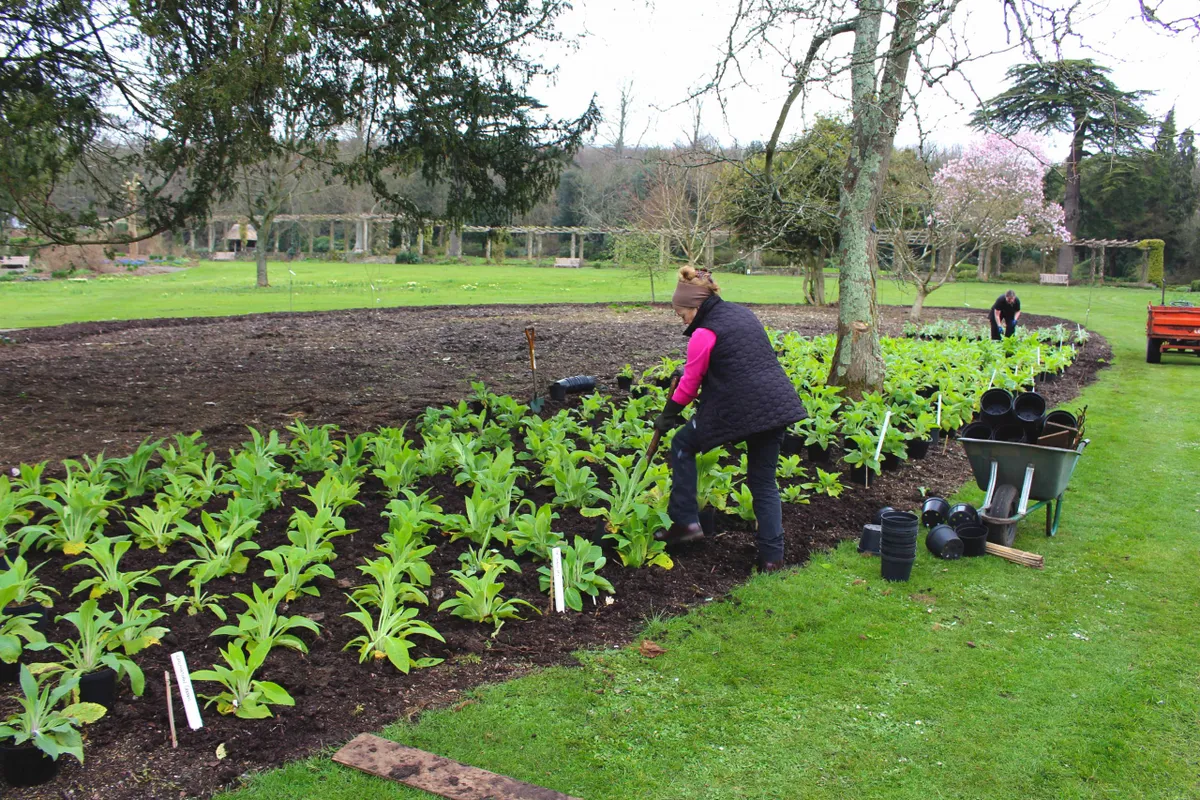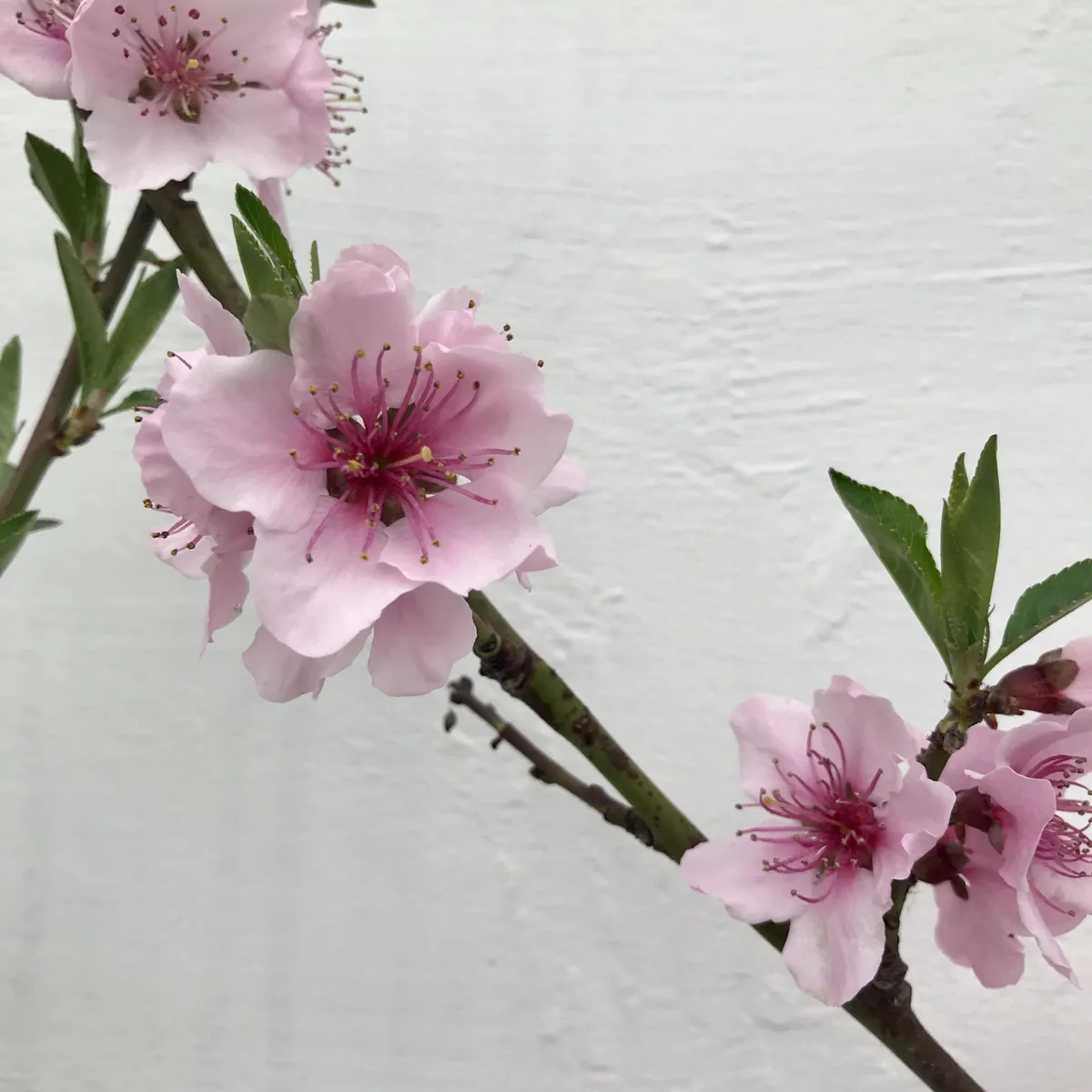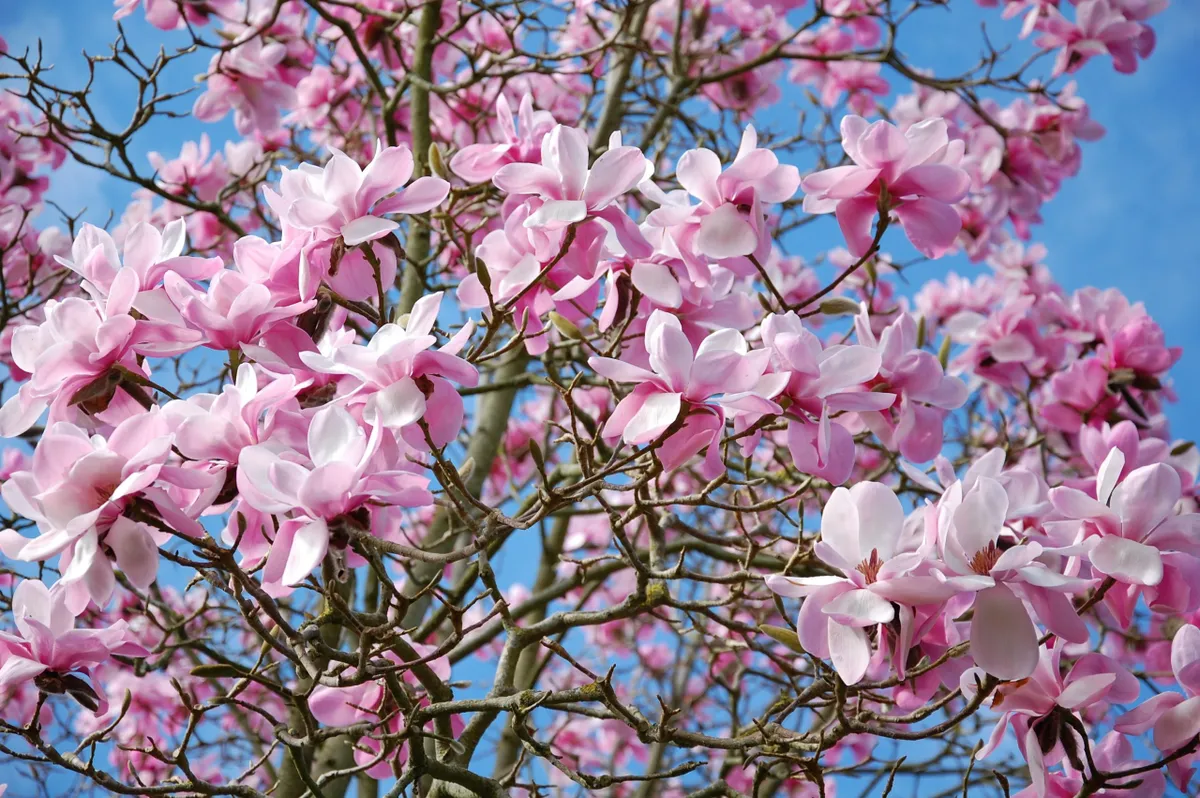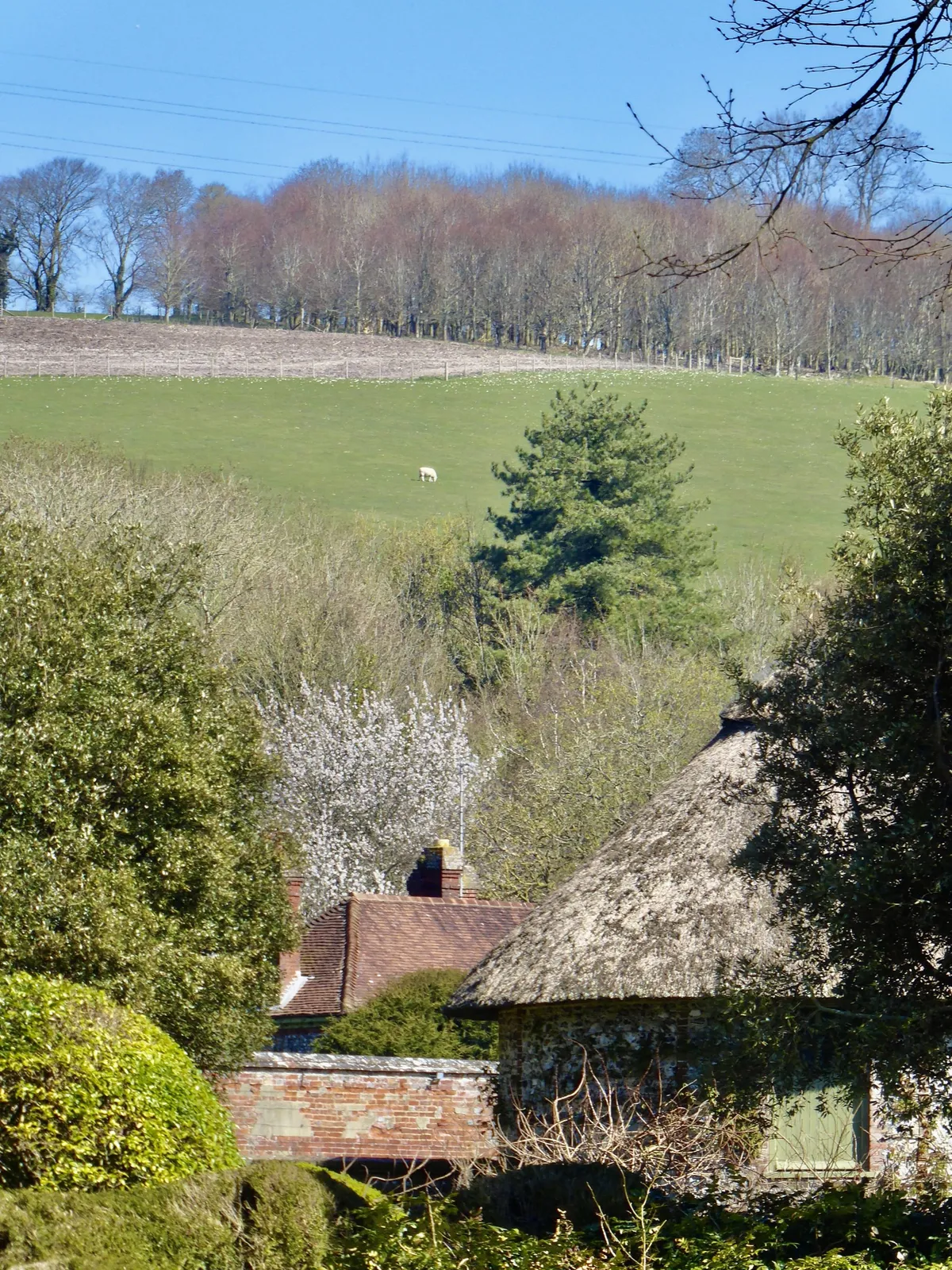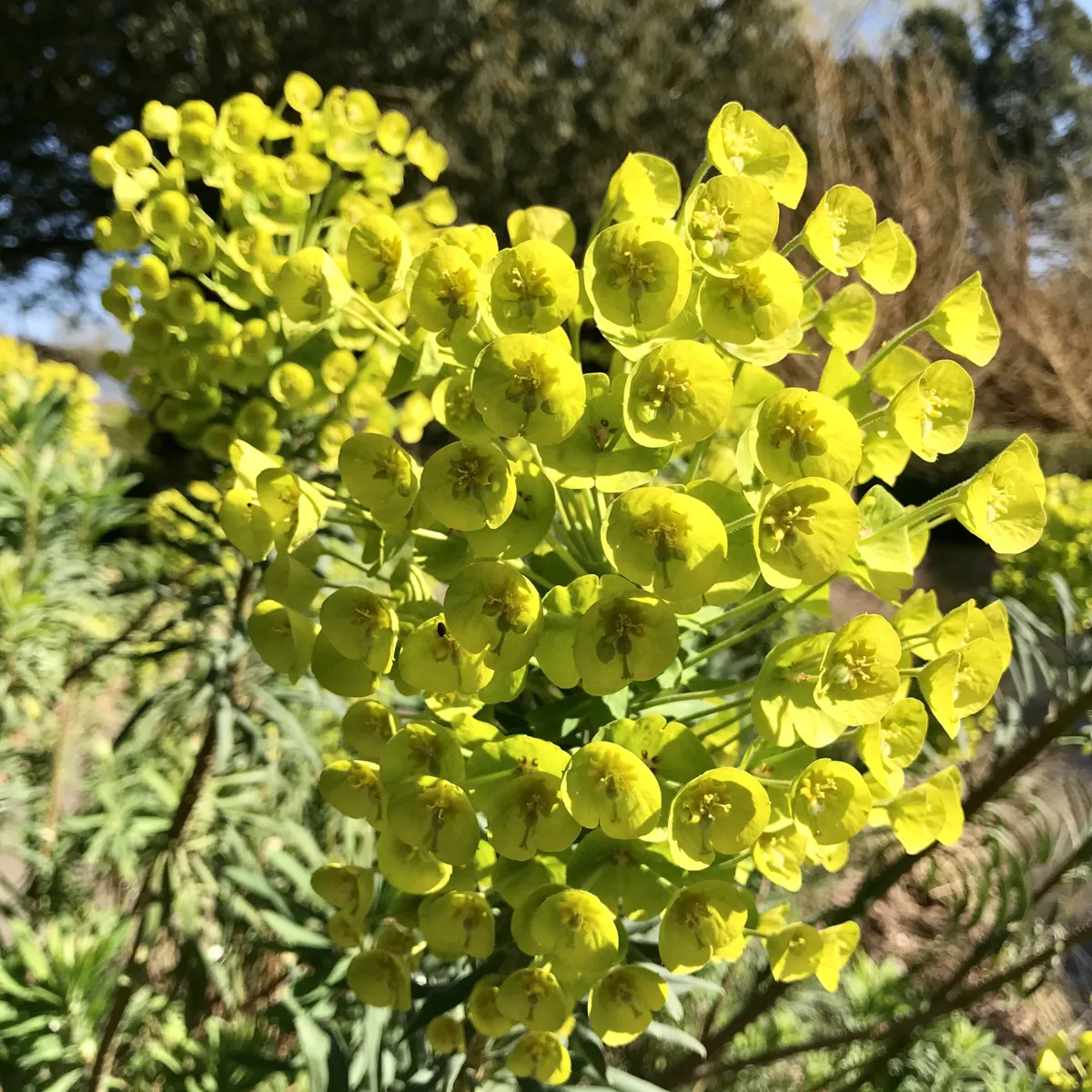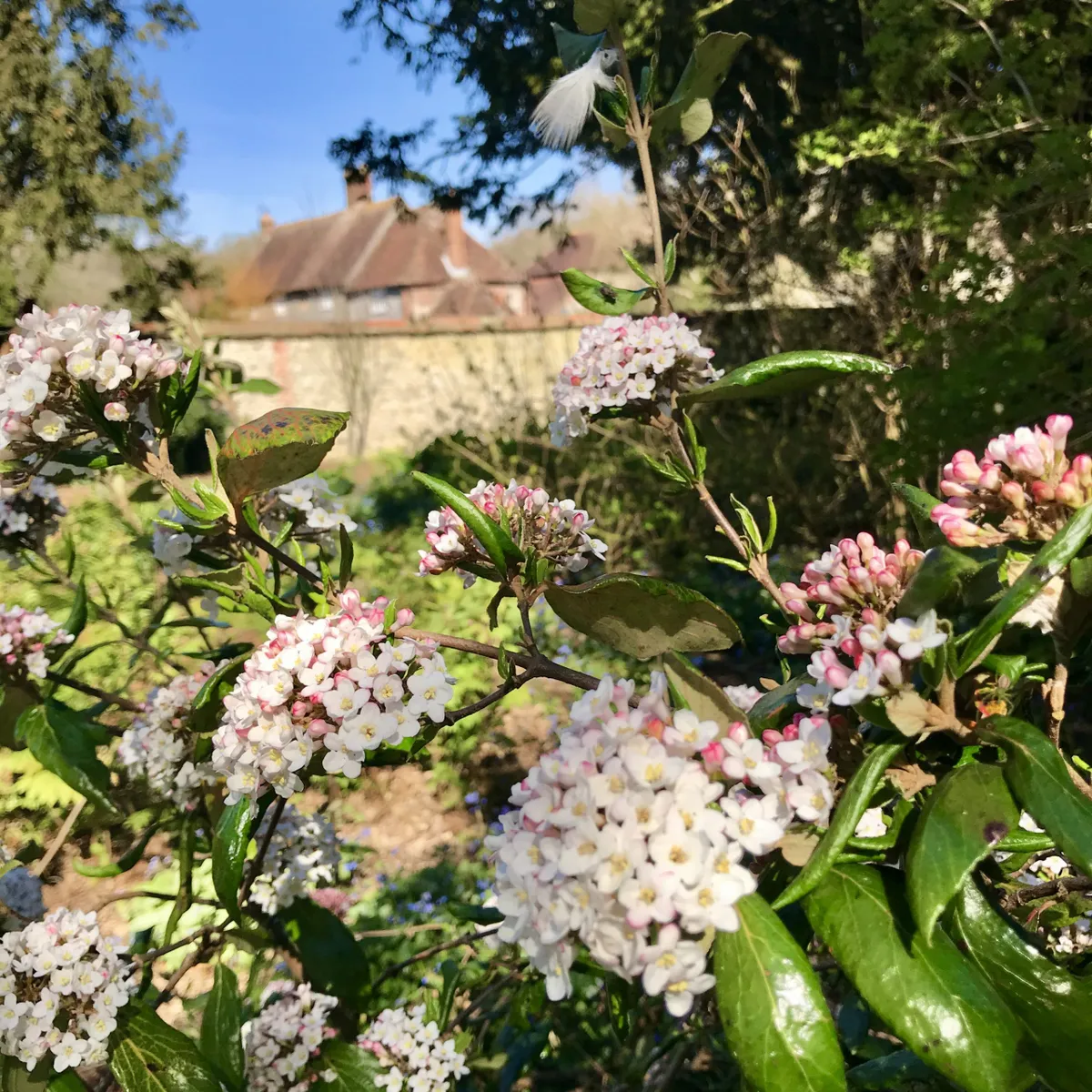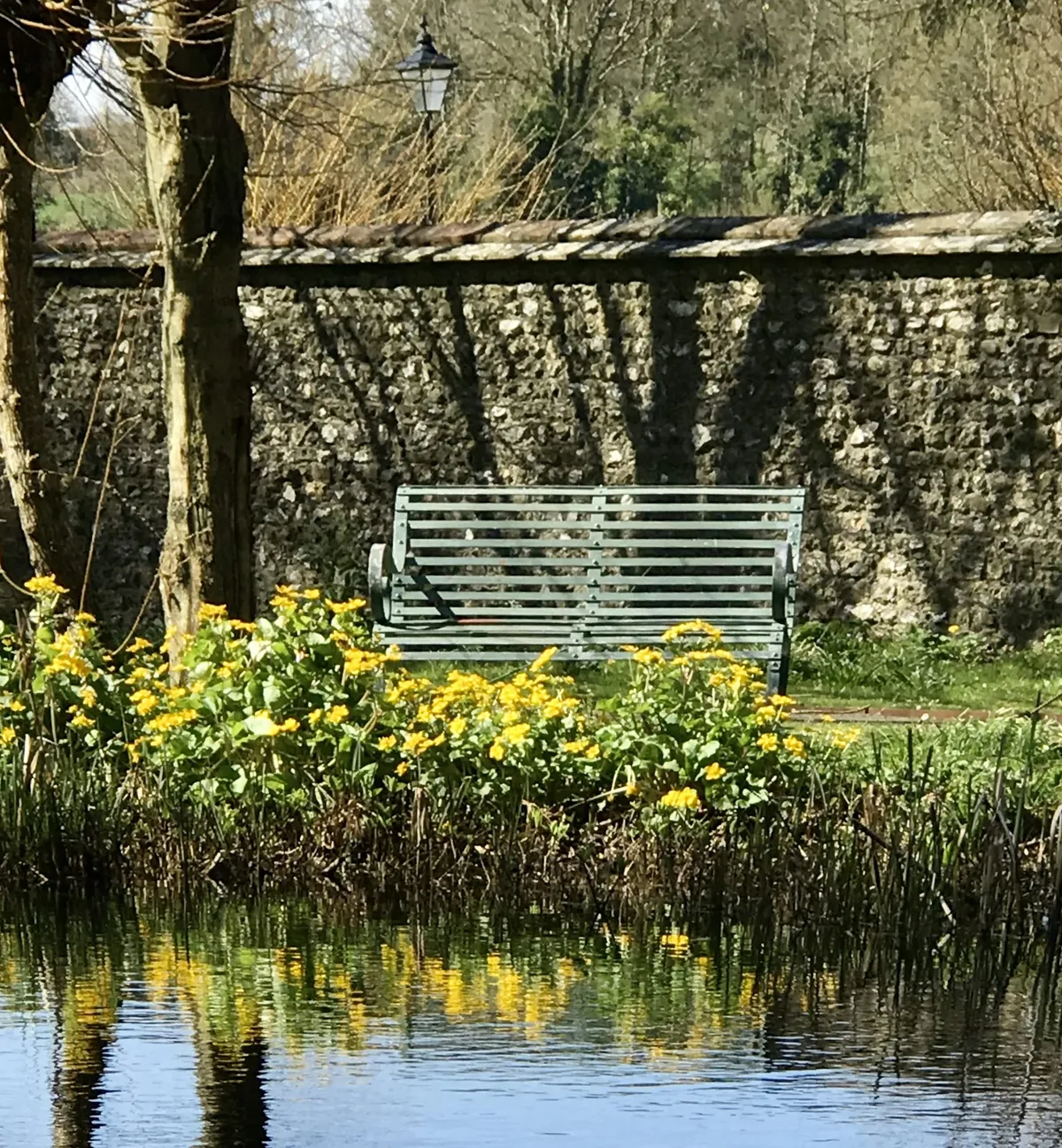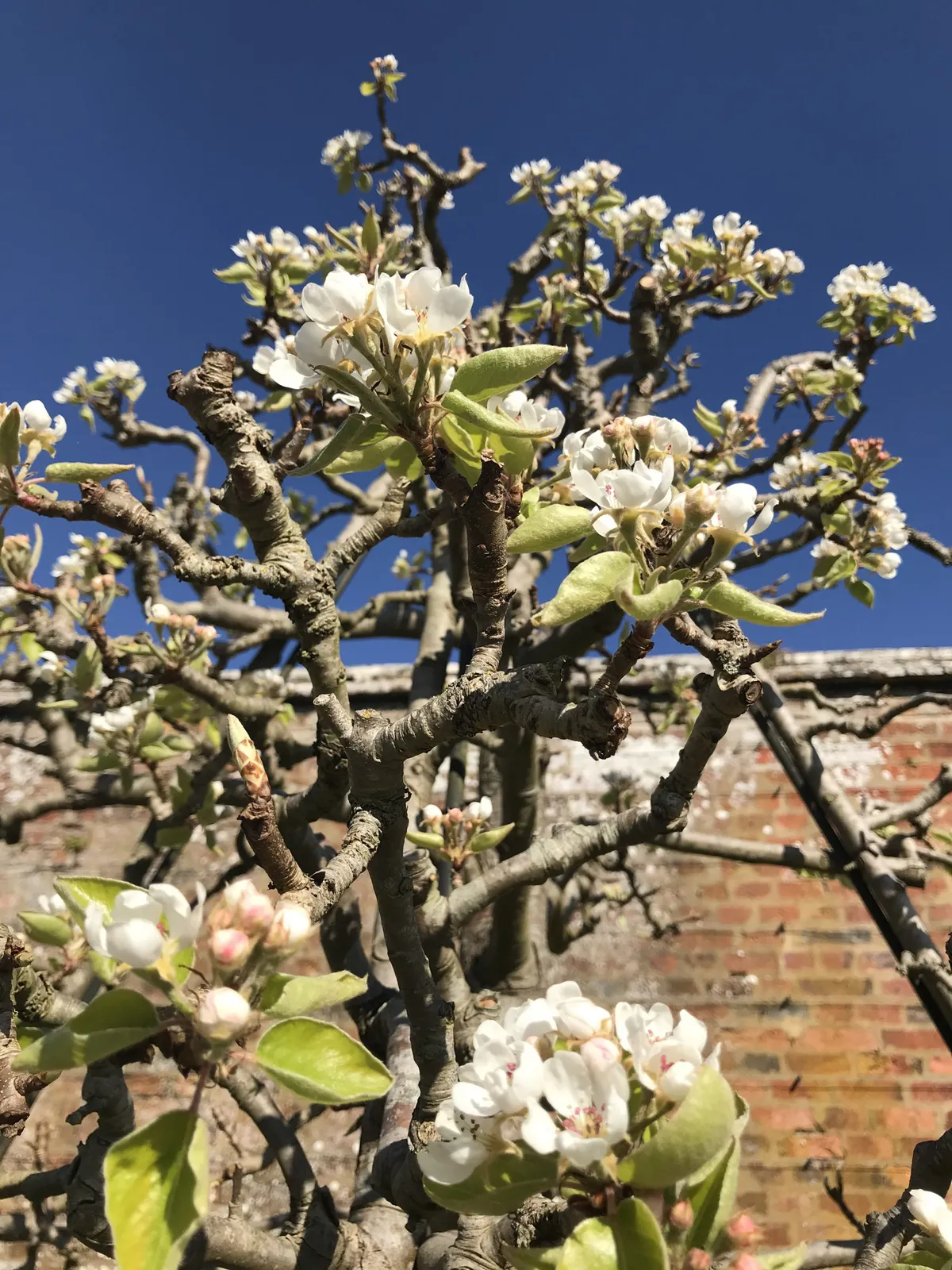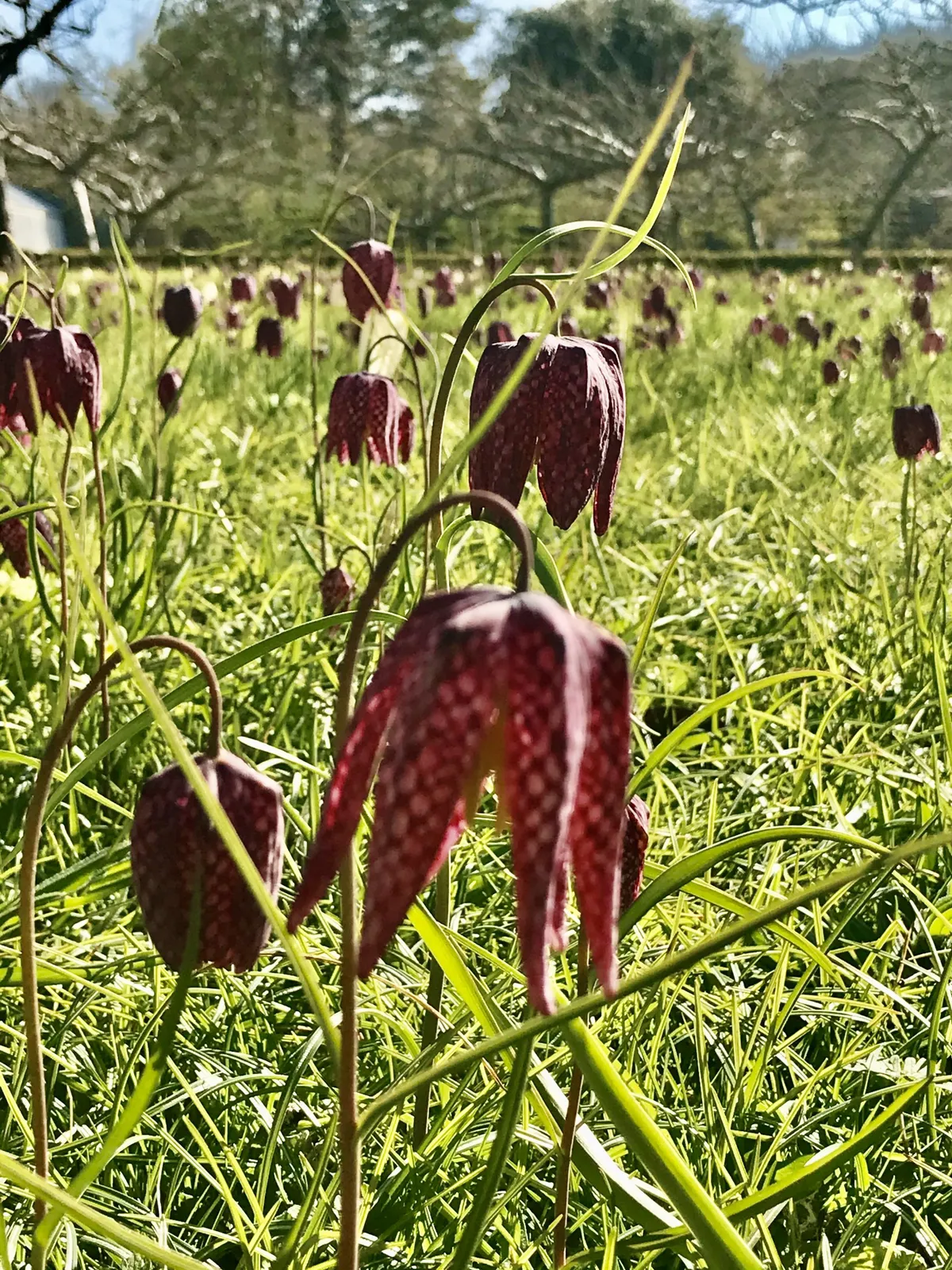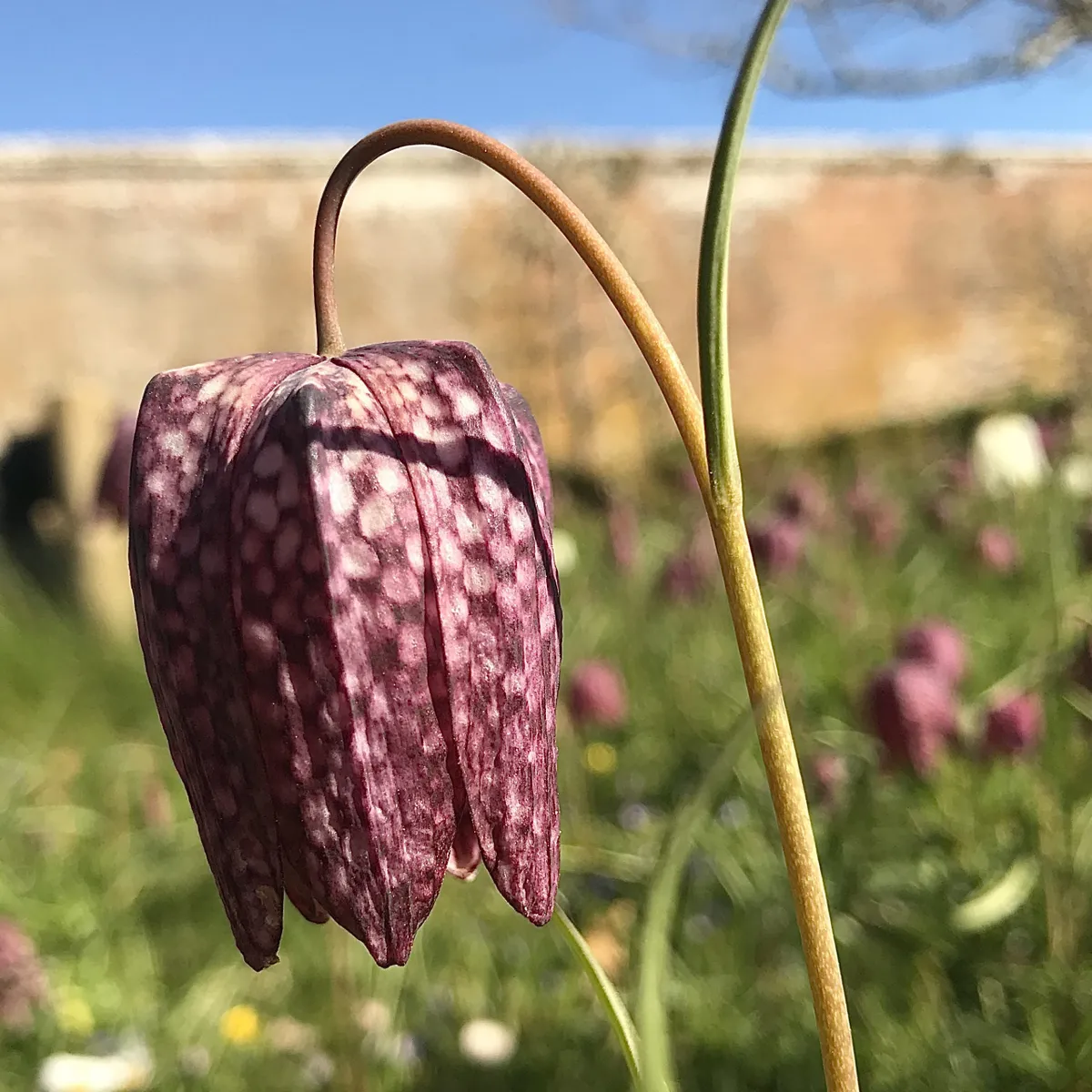In our virtual garden tour series, we dive into lots of gorgeous gardens, offering history alongside current videos and photographs from the people who run them. It’s not as perfect as wandering the borders in person, but watching a little slice of gardening is a lovely way to wile away some time online.
This time we’re peeking inside West Dean Gardens, based in the South Downs National Park. Head gardener Tom Brown shows us around the orchard and walled garden as fruit and vegetables are beginning to blossom and bloom. Discover our other virtual garden tours here.
West Dean Gardens is based in the grounds of West Dean College of Arts and Conservation, near Chichester in West Sussex. There have been gardens on this site since 1622, when the original manor house was built by James Lewkenor. In 1804, when the current house was built, the gardens were enlarged and park was laid out, and the kitchen garden was moved to its present position and enclosed by walls.
The transformation of the gardens began after the storm of 1987 by gardens manager Jim Buckland and gardens supervisor Sarah Wain, who retired a year ago after 28 years at West Dean. As part of their legacy a horticultural scholarship was set up in their honour. There are currently two trainees on two-year placements at West Dean Gardens – one funded by the scholarship and the other by Perennial.
[brightcove videoid="6155826000001" /]
Tom Brown is now head gardener and normally there is a team of eight gardeners who work hard to restore and maintain the gardens as well as 50 regular volunteers, whose help in keeping the gardens looking as wonderful as they do is invaluable.
As well as being home to the stunning gardens, West Dean College of Arts and Conservation normally offers more than 800 short courses a year. The courses range from one day to four days and are for all abilities – these include many that are inspired by the gardens and the grounds of the college.
Within the walled garden, there are lovely snakeshead fritillaries below the fruit trees and the pink blossom in the newly restored nectarine glasshouse is looking magical. There are 18 restored Victorian glasshouses and these will be used to grow ten different types of sweet potatoes that are suitable for the British climate as well a being used as apricot, peach and nectarine houses.
There is also an amazing display of salad leaves and soon there will also be an opulent display incorporating groups of chillies, geraniums and calibrachoa, otherwise known as million bells.
A cut flower garden has been developed so that future visitors can buy bunches of flowers, along with other garden produce from the distinctive circular apple store – flowers already planted include sunflowers, delphiniums and dahlias.
